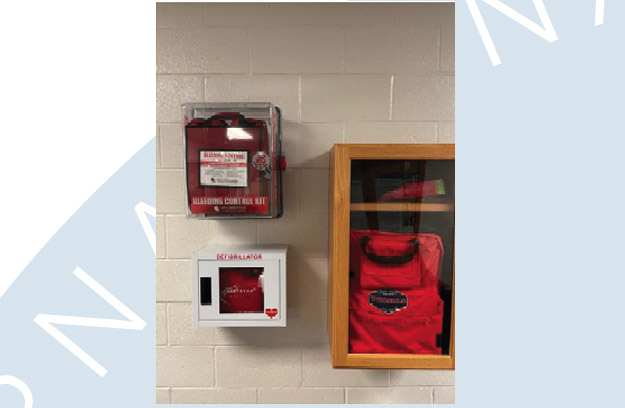
Emergency preparedness and resilience plans are critical to ensuring that organizations are equipped to immediately confront a crisis, as well a to recover successfully from it.
All federal agencies have the responsibility for the safety of their employees and the legal obligation to continue operations under adverse conditions. Emergency preparedness programs can ensure an organization is prepared to support and handle unforeseen emergency situations, reduce occupant confusion and bolster employee coordination.
Develop Emergency Preparedness Plan
NIEHS takes several steps to prepare for emergencies. NIEHS performs various risk assessments to identify key assets, potential impacts of relevant hazards and determine emergency management planning priorities. NIEHS maintains a Comprehensive Emergency Management Plan (CEMP) which outlines the NIEHS response to all hazards identified in the risk management report. It includes an inventory of resources as well as a list of specialized personnel and their roles.
Plan for Healthy Re-entry
Both NIH and NIEHS developed a comprehensive re-entry frame work to return employees to campus following an emergency situation, specifically the COVID-19 pandemic. This included criteria that must be met, as well as dividing the staff into 5 groups based on roles on campus. In addition this criteria was monitored and the institute prepared to send onsite staff home should the criteria indicate or significant community spread began to occur on campus. NIEHS continued to extend telework flexibilities to all employees.
The NIEHS campus was never fully evacuated due to the 24/7 requirements; therefore, addi-tional inspections and building start ups were unnecessary. Buildings continued to be operated and maintained as required by the Facilities Management Branch who were on site the entire time.
Provide Emergency Resources

NIEHS ensures occupant safety and security is a top priority, and keeps emergency resources available at all times. These resources include an outdoor mass notification system, as well as an indoor fire alarm system with voice commands, which has recordings to mimic the outdoor system, undesignated epinephrine injectors available at the campus Occupational Health Unit and Automatic External Defibrillators (AED)s located at every elevator lobby in 101, and every other building on campus. NIEHS also has on onsite Occupational Medicine Unit and Medical Response Team composed of onsite doctors and nurses. The NIEHS security contractor conducts drills with Durham County EMS and Fire Department to ensure quick response.



